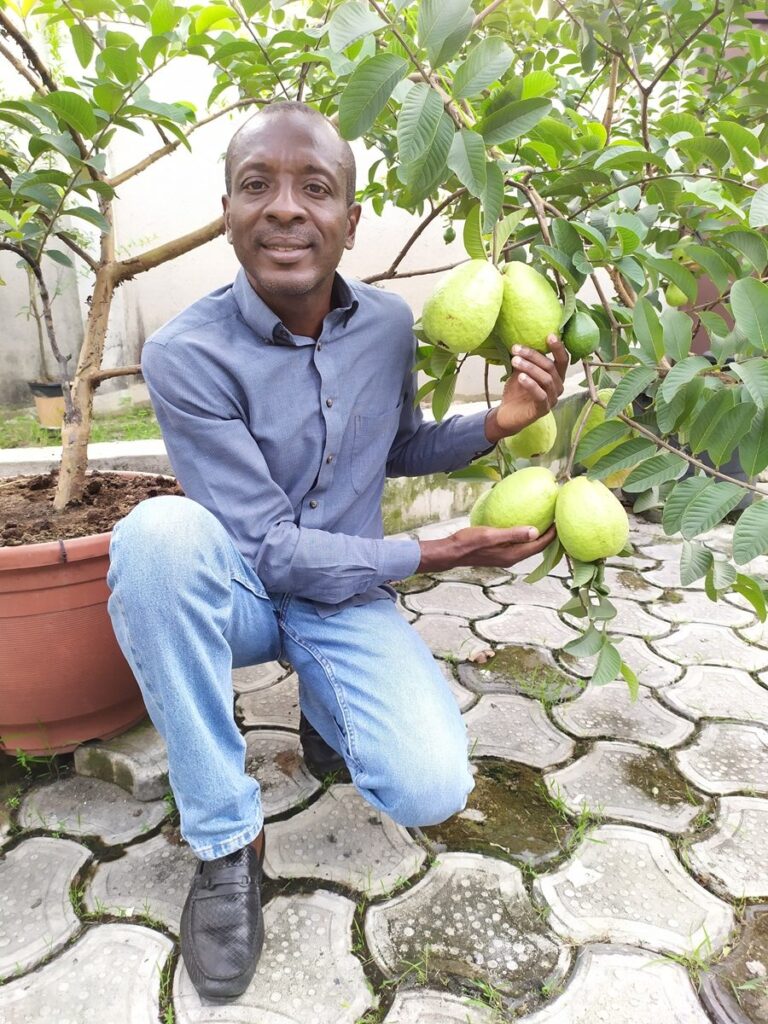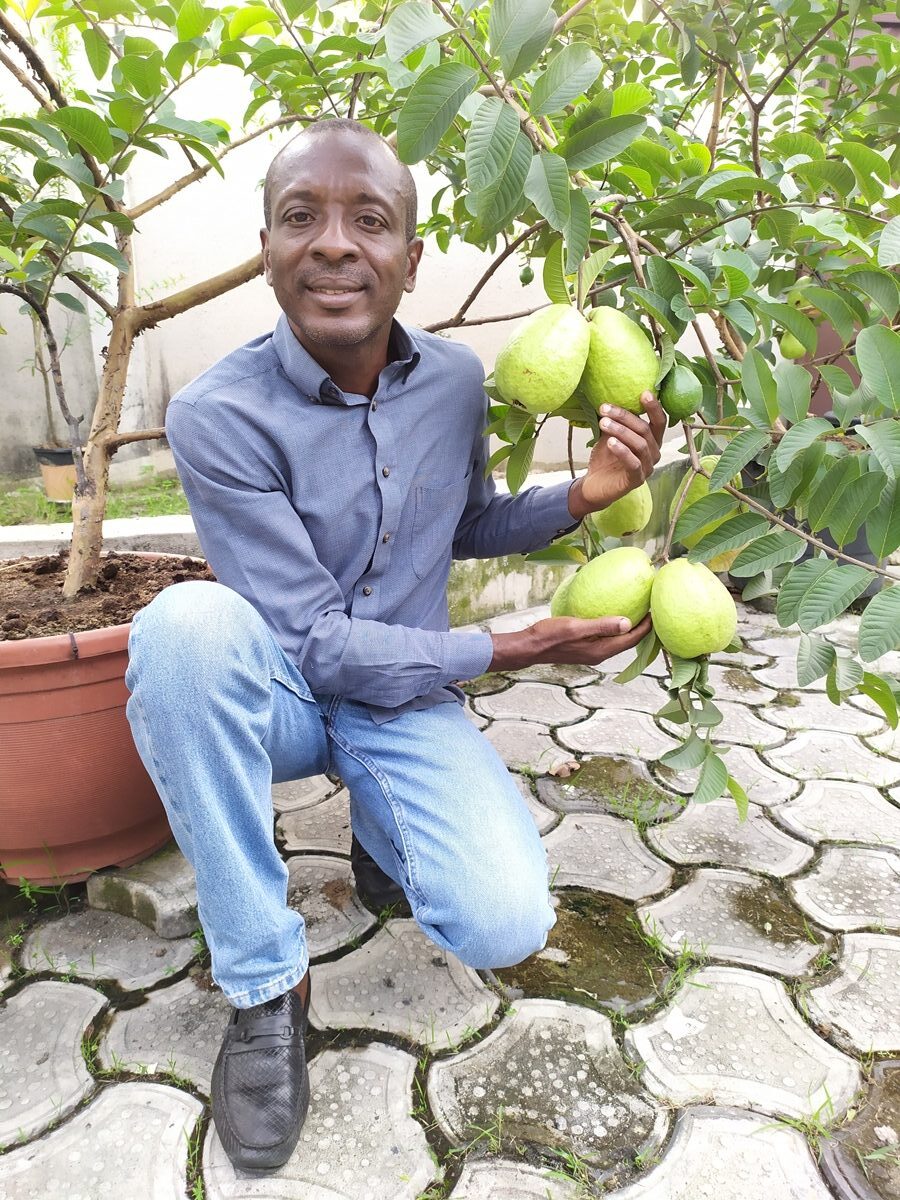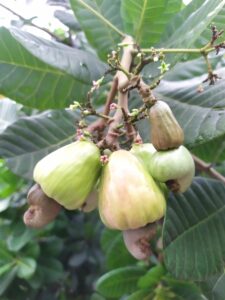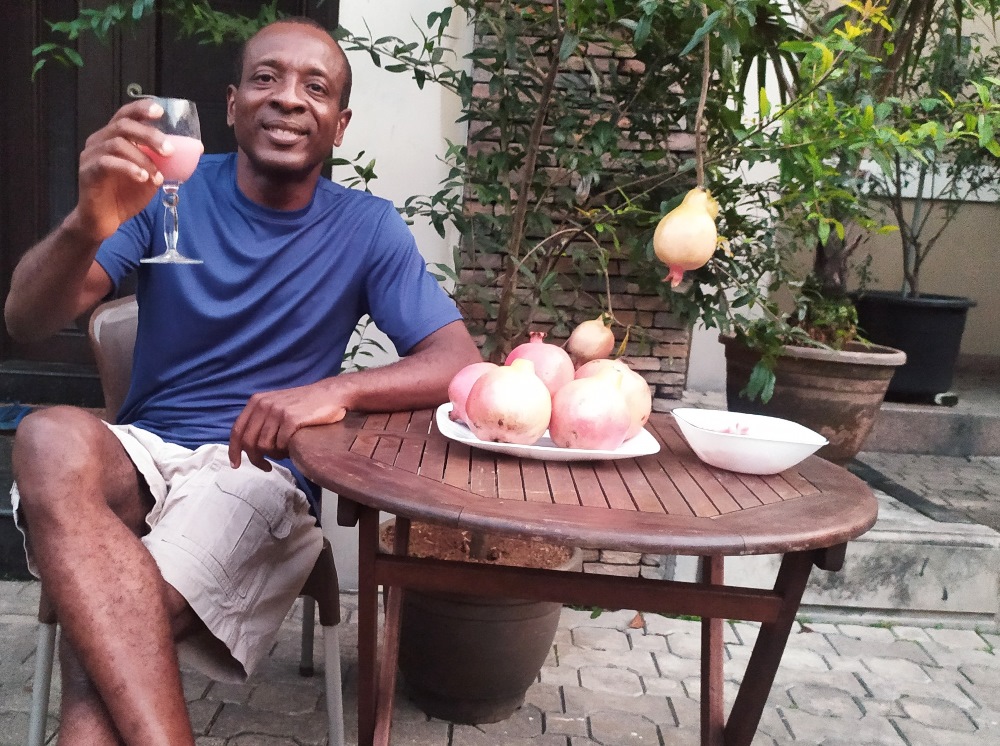Guava are hardy plants that grows easily either in pots / containers or in the ground. There are so many varieties of Guava and they can be grouped into Red or White Guava, the color of the pulp determines the group classification. Guava are healthy fruits packed with healthy nutrients.

Planting Environment
Guava can be planted in pots / containers or in the ground
Planting Materials
Guava should be planted as Cuttings, Air layered seedlings, grafted seedlings, or Tissue cultured seedlings propagated from mature plants, this is to ensure that you get seedlings that will bear fruit within a year and also seedlings that will have the same characteristics as the parent tree.
Soil Types
Guava require soils that drains well and also rich in organic matter, loamy soil is a very good example. Guava that will be planted in pots or containers need soils that drains very well. Planting Guava in pots or containers using a soil that drains poorly will cause the plant to be stunted or cause the plants to die. Excess water retention in soil inside containers or pots with plants is totally undesirable to plants.
Sunlight Requirement
Guava requires full sunlight hours of at least 8 hours a day, if your Guava tree is not getting enough sunlight daily, the tree will not produce many fruits. Before you plant your guava tree in the ground, you need to ensure that tree will experience at least 8 hours of full sunlight.
Fertilizer and Nutrient Requirements
Guava requires fertilizers that contains Macro and micro nutrients. The best fertilizers for Guava are either organic fertilizers like Chicken Manure or in organic fertilizers that has all the Macro and Micronutrients. If your Guava is planted in a pot only apply organic fertilizers to the soil and in-organic fertilizers as a foliar spray on the leaves. Apply chicken manure (ensure its well composted) every 4 weeks and also apply a foliar fertilizer with Macro and micro nutrients every 4 weeks too. For Guava planted in containers, ensure you water them daily (Depends on the weather), Guava planted in containers requires more water than Guava planted in the soil. Ensure that your Guava tree does not experience insufficient water, lack of water or not enough water for your Guava tree will induce Calcium deficiency which will lead to a stunted tree and low fruit productivity.
Pest & Disease Management
Guava are regularly infected by insects as well as fungal diseases. Common pests that attack Guava are Thrips, Aphids, While flies, and Mealybugs.
Organic Pesticides like neem oil and insecticidal soaps can be used however this will not kill the pests rather it simply chases them away for a brief period. In-organic pesticides are the only solution towards killing the insects, their eggs and larvae. Pesticides should be applied once a month to prevent infestation.
Guava are also regularly infected by fungi most especially during the raining season where the splashing of water and the damp atmosphere makes it easy for fungal spores to be spread. Common Fungal diseases of Guava are Phomopsis and Anthracnose.
Organic fungicide like neem oil helps to prevent Anthracnose, however In-organic fungicides are the best choice since they have both preventive and curative capabilities. Fungicides should be applied every 2 weeks to 3 weeks During the rainy season applying fungicides every 2 weeks will prevent infection from Fungi.
Time to Fruiting
Guava grown by seed takes about 2 to 3 years before they start bearing fruits, some seed grown trees may have flowers in their second year however this flower will most probably not develop into fruits. Also, commercial harvest from seed grown Guava occurs in the 5th year.
Guava grown by cuttings, air layering, and grafting takes about 6 to 12 months before they start bearing fruits. Commercial harvest from trees grown from cuttings, air layering and grafting occurs in the 2nd year.
Guava trees are self-pollinating which means you do not need another tree for pollination.
Harvesting of Fruits
It usually takes about 90 to 120 days from flowering to harvesting for Guava. Guava fruits generally have short shelf life of few days. Some Varieties like the VNR Bihi and AJE-J1 (New variety in Nigeria) have a shelf life of about 8 days without refrigeration and 2 weeks with refrigeration. The fruit size of Guava depends on the variety, some varieties like VNR Bihi and AJE-J1 has a fruit size range of 400 grams to 1.2 Kilograms while some varieties have fruit size ranging from150 grams to 300 grams.




